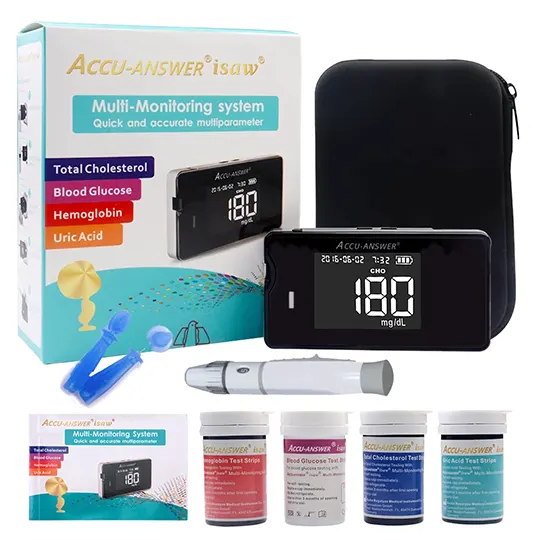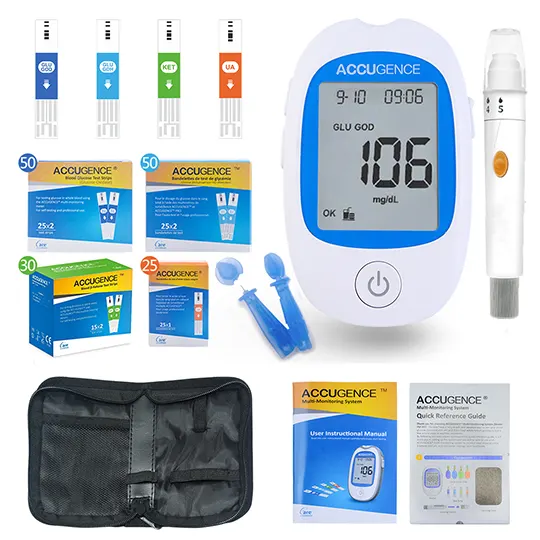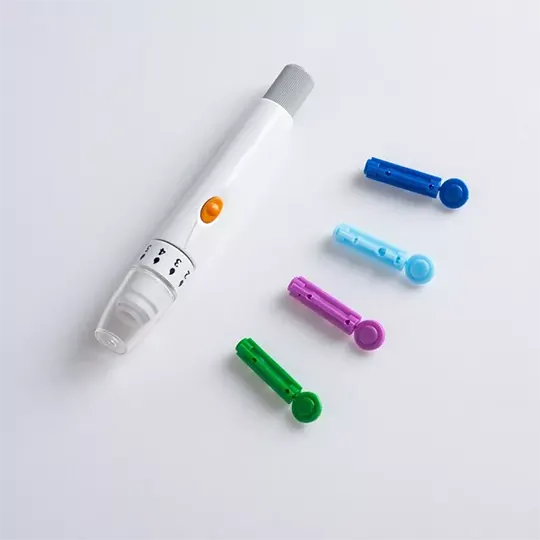Diamorphine Hydrochloride 10mg Tablets
Discontinued
Active ingredient: diamorphine hydrochloride
- 1. Name of the medicinal product
- 2. Qualitative and quantitative composition
- 3. Pharmaceutical form
- 4. Clinical particulars
- 4.1 Therapeutic indications
- 4.2 Posology and method of administration
- 4.3 Contraindications
- 4.4 Special warnings and precautions for use
- 4.5 Interaction with other medicinal products and other forms of interaction
- 4.6 Fertility, pregnancy and lactation
- 4.7 Effects on ability to drive and use machines
- 4.8 Undesirable effects
- 4.9 Overdose
- 5. Pharmacological properties
- 5.1 Pharmacodynamic properties
- 5.2 Pharmacokinetic properties
- 5.3 Preclinical safety data
- 6. Pharmaceutical particulars
- 6.1 List of excipients
- 6.2 Incompatibilities
- 6.3 Shelf life
- 6.4 Special precautions for storage
- 6.5 Nature and contents of container
- 6.6 Special precautions for disposal and other handling
- 7. Marketing authorisation holder
- 8. Marketing authorisation number(s)
- 9. Date of first authorisation/renewal of the authorisation
- 10. Date of revision of the text
1. Name of the medicinal product
Diamorphine Hydrochloride 10mg Tablets
2. Qualitative and quantitative composition
Each tablet contains 10mg Diamorphine Hydrochloride.
Excipients with known effect
Sucrose: 2.4 mg per tablet
Lactose: 107 mg per tablet
For the full list of excipients, see section 6.1.
3. Pharmaceutical form
White uncoated tablet with a single break line.
The tablet can be divided into equal doses.
4. Clinical particulars
4.1 Therapeutic indications
Diamorphine hydrochloride is indicated for the relief of severe pain associated with terminal illness, acute myocardial infarction, left ventricular pain and acute pulmonary oedema.
4.2 Posology and method of administration
It is important that dosage be suited to the individual patient, taking into account the properties of the drug, the nature of the pain, the total condition of the patient and previous or concurrent medication.
Adults and Children Over 12 Years
5 - 10mg by mouth. The dosage should not normally be repeated more than four hourly. The dose may be increased according to need.
Children Under 12 Years
Not Recommended
Elderly
Mainly because of its respiratory depressant effect caution should be exercised when giving to the elderly and a reduced dose should be used.
4.3 Contraindications
• Hypersensitivity to the active substance or any of the excipients listed in section 6.1
• Acute respiratory depression or Chronic Obstructive Airways Disease
• Biliary colic
• Phaeochromocytoma
• Asthma attack
• Acute alcoholism
• Head injuries or increased intracranial pressure
• Risk of paralytic ileus
• Monoamine oxidase inhibitors
4.4 Special warnings and precautions for use
The risk of respiratory depression and further elevation of CSF pressure is increased if diamorphine is administered to patients with head injuries or raised intracranial pressure. The sedation and pupillary changes produced may interfere with accurate monitoring of the patient.
In patients who already have conditions or drug therapy that interferes with the ability to maintain normal blood pressure, diamorphine may cause hypotension.
Diamorphine should only be given after careful consideration when treating patients with myxoedema or hypothyroidism, adrenocortical insufficiency, toxic psychoses, CNS depression, prostatic hypertrophy or urethral stricture, kyphoscoliosis, acute alcoholism and delirium tremens, severe inflammatory bowel disease and severe diarrhoea.
Care should be taken in treating the elderly and debilitated patients and those with hepatic or renal impairment. A lower dose should be given to these patients.
Tolerance and physical dependence is likely to develop after a few weeks of treatment, but this does not prevent reduction of dosage or discontinuation when considered necessary, and drug abuse is not normally a problem in patients with severe pain. Great caution is required when the drug is used in patients with a known history of drug abuse. Caution in use should be exercised and a reduction in dose may be advisable in the elderly and in the following cases:
• Hypotension
• Hypothyroidism
• Depressed respiratory reserve.
• Monoamine oxidase inhibitors (including moclobemide), or within two weeks of their withdrawal
• Prostatic hypertrophy
• Hepatic or renal impairment (Avoid or reduce dose)
• Convulsive disorders
Patients with rare hereditary problems of fructose intolerance, glucose- galactose malabsorption or sucrase-isomaltase insufficiency should not take this medicine.
Patients with rare hereditary problems of galactose intolerance, total lactase deficiency or glucose-galactose malabsorption should not take this medicine.
Risk from concomitant use of sedative medicines such as benzodiazepines or related drugs:
Concomitant use of Diamorphine hydrochloride tablets and sedative medicines such as benzodiazepines or related drugs may result in sedation, respiratory depression, coma and death. Because of these risks, concomitant prescribing with these sedative medicines should be reserved for patients for whom alternative treatment options are not possible. If a decision is made to prescribe Diamorphine hydrochloride tablets concomitantly with sedative medicines, the lowest effective dose should be used, and the duration of treatment should be as short as possible.
The patients should be followed closely for signs and symptoms of respiratory depression and sedation. In this respect, it is strongly recommended to inform patients and their caregivers to be aware of these symptoms (see section 4.5).
4.5 Interaction with other medicinal products and other forms of interaction
Alcohol: Enhanced sedative and hypotensive effects.
Antidepressants: The use of diamorphine should be avoided or used with caution in patients receiving monoamine oxidase inhibitors (including phenelzine and moclobemide), or within two weeks of their withdrawal.
Anxiolytics, Hypnotics and other CNS Depressants: Sedative effects may be enhanced by simultaneous use of diamorphine.
Mexiletine: The absorption of mexiletine may be markedly depressed and delayed by concurrent use of diamorphine.
Antimuscarinic Activity: The risk of severe constipation and/or urinary retention may be increased by the administration of drugs having anti-muscarinic activity (atropine and synthetic anti-cholinergics).
Sedative medicines such as benzodiazepines or related drugs: The concomitant use of opioids with sedative medicines such as benzodiazepines or related drugs increases the risk of sedation, respiratory depression, coma and death because of additive CNS depressant effect. The dose and duration of concomitant use should be limited (see section 4.4).
4.6 Fertility, pregnancy and lactation
There is no evidence of safety in human pregnancy, therefore it is not advisable to administer diamorphine during pregnancy. Use during labour is not advisable due to the risk of respiratory depression in the new-born.
There is limited information on diamorphine levels in breast milk, therefore it is not advisable for patients on high doses of diamorphine to breast- feed.
4.7 Effects on ability to drive and use machines
May cause drowsiness, if affected patients should not drive or operate machinery.
This medicine can impair cognitive function and can affect a patient's ability to drive safely. This class of medicine is in the list of drugs included in regulations under 5a of the Road Traffic Act 1988. When prescribing this medicine, patients should be told:
• The medicine is likely to affect your ability to drive
• Do not drive until you know how the medicine affects you
• It is an offence to drive while under the influence of this medicine
• However, you would not be committing an offence (called 'statutory defence') if:
o The medicine has been prescribed to treat a medical or dental problem and
o You have taken it according to the instructions given by the prescriber and in the information provided with the medicine and
o It was not affecting your ability to drive safely
4.8 Undesirable effects
• Hallucinations, confusion, mood changes, dysphoria and dependence
• Headache, vertigo, dizziness and drowsiness
• Sweating and postural hypotension
• Miosis
• Bradycardia, palpitations, tachycardia and facial flushing
• Constipation, nausea, vomiting and a dry mouth
• Ureteric or biliary spasm
• Rashes and pruritis
• Urinary retention
• Decrease in libido or potency
• Difficulty with micturition
• Hypothermia
• Respiratory depression and arrest
• Circulatory depression
• Cardiac arrest and shock
• Syncope
• Anorexia
• Cramps and taste alternations
• Insomnia
• Weakness
Reporting of suspected adverse reactions
Reporting suspected adverse reactions after authorisation of the medicinal product is important. It allows continued monitoring of the benefit/risk balance of the medicinal product. Healthcare professionals are asked to report any suspected adverse reactions via the Yellow Card Scheme Website at: www.mhra.gov.uk/yellowcard or search for MHRA Yellow Card in the Google Play or Apple App Store.
4.9 Overdose
Symptoms of severe overdosage are respiratory depression, coma or stupor, muscle flaccidity, cold clammy skin, constricted pupils and occasionally bradycardia and hypotension.
Circulatory failure and pulmonary oedema may occur in severe cases.
Treatment: Treat with intravenous Naloxone is the antidote if coma or bradypnoea are present. It should be administered by subcutaneous, intramuscular or intravenous injection at a dose of 0.4 to 2 mg repeated at two or three minutes intervals up to maximum of 10mg if the respiratory function does not improve. The dosage for overdose in children is 10 mcg/kg bodyweight. Alternatively, naloxone may be given by continuous infusion, 2mg in 500ml solution, at a rate adjusted to the patient's response. Maintain fluid and electrolyte levels and provide assisted respiration if necessary
5. Pharmacological properties
5.1 Pharmacodynamic properties
ATC Code: N07BC06 Natural opium alkaloids
Diamorphine is a powerful narcotic analgesic obtained from opium which acts mainly on the central nervous system and smooth muscle. It can provoke the release of endogenous histamine and thereby induce catecholamine release.
Diamorphine also has a powerful cough suppressant effect.
5.2 Pharmacokinetic properties
Oral administration of diamorphine results in measurable blood concentrations of morphine but not diamorphine or 6-acetylmorphine. The amount of circulating morphine provided by an oral dose of diamorphine was only 79% of that available from an equal amount of morphine.
5.3 Preclinical safety data
Preclinical information has not been included because the safety profile of diamorphine hydrochloride has been established after many years of clinical use. Please refer to section 4.
6. Pharmaceutical particulars
6.1 List of excipients
Sucrose
Lactose
Magnesium stearate
6.2 Incompatibilities
Not applicable
6.3 Shelf life
24 months
6.4 Special precautions for storage
Store below 30°C.
Keep the glass bottle in the outer carton in order to protect from light.
Keep this medicine out of the sight and reach of children.
6.5 Nature and contents of container
Tablet container: Amber glass bottle containing 100 tablets.
6.6 Special precautions for disposal and other handling
Not applicable
7. Marketing authorisation holder
Aurum Pharmaceuticals Ltd
Bampton Road
Harold Hill
Romford
Essex
RM3 8UG
8. Marketing authorisation number
PL 12064/0001
9. Date of first authorisation/renewal of the authorisation
Date of first authorisation: 15th October 1992
Date of latest renewal: 3rd February 2004
10. Date of revision of the text
22/08/2020




